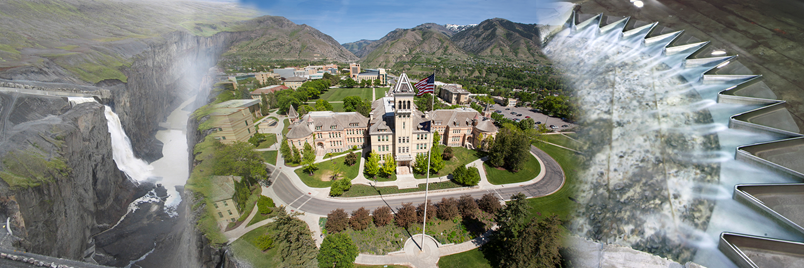Location
Utah State University, Logan, Utah, USA
Start Date
6-17-2012 12:00 AM
End Date
6-20-2012 12:00 AM
Description
ABSTRACT: In depth-averaged flow and morphodynamic models using a finite volume discretization based on explicit time integration, a specific difficulty can arise during a computation: the computed sediment level can become lower than the level of a non-erodible bottom. The original developments presented in this paper enable correction of the non-physical sediment levels. The method, based on iterative limitation of the outward fluxes, is perfectly mass conservative and remains computationally efficient. The resulting model has been validated with several 1D benchmarks leading to configurations with sediment transport over a nonerodible bottom. Two interesting experimental benchmarks are highlighted in this paper to show the efficiency of numerical simulations. In these benchmarks, the computation time has been verified not to increase by more than 15% when using the new method.
Included in
Dealing with Sedimental Transport Over Partly Non-Erodible Bottoms
Utah State University, Logan, Utah, USA
ABSTRACT: In depth-averaged flow and morphodynamic models using a finite volume discretization based on explicit time integration, a specific difficulty can arise during a computation: the computed sediment level can become lower than the level of a non-erodible bottom. The original developments presented in this paper enable correction of the non-physical sediment levels. The method, based on iterative limitation of the outward fluxes, is perfectly mass conservative and remains computationally efficient. The resulting model has been validated with several 1D benchmarks leading to configurations with sediment transport over a nonerodible bottom. Two interesting experimental benchmarks are highlighted in this paper to show the efficiency of numerical simulations. In these benchmarks, the computation time has been verified not to increase by more than 15% when using the new method.


